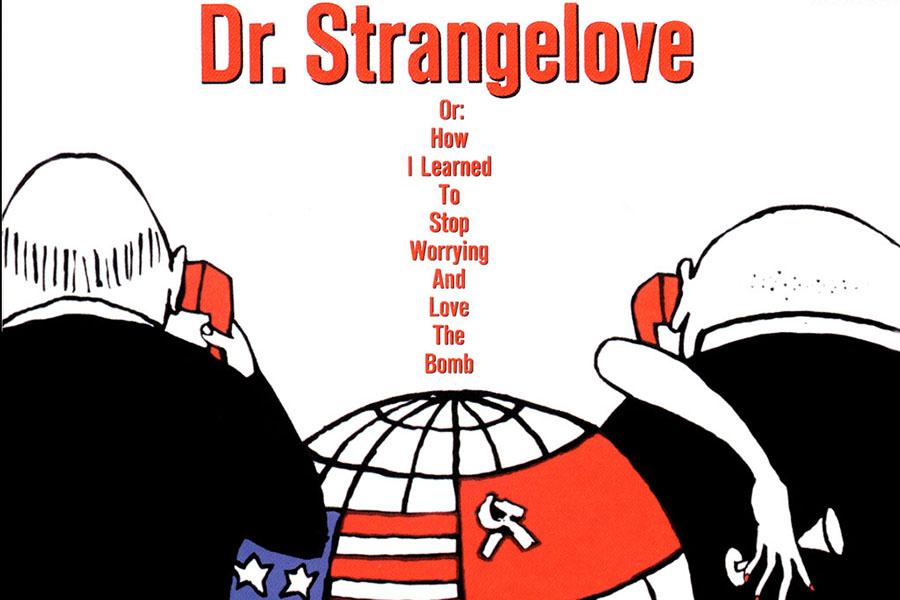Imagine a world where any day could be the last, when at any moment a single mistake or incident could lead to the ultimate destruction of civilization. Welcome to the 1960’s. The Cold War is raging, the Beatles are touring, and Stanley Kubrick created “Dr. Strangelove or: How I Learned to Stop Worrying and Love the Bomb”.
The film begins with an official statement of reassurance from the Air Force that the events in this film could and would never happen due to safe holds in place: a worst case scenario where the end is nigh. The reassurance is a sign of the controversy and potential to cause fear that this movie could cause, despite it being a comedy.
It straddled the line of acceptable topics at the time. In other films, the threat was always the Russians or some mad scientist causing the events that ended the world. Here, however, it was the incapability of our own side. That is what makes this film so powerful: the threat isn’t the supremacy of the “bad” guys, it’s the ineptitude of the “good” guys.
As a comedy, the film is amazingly successful, playing on satire and a mix of slightly ridiculous scenarios and characters with with those genuinely trying to stop the end of the world.
The king of the show is Peter Sellers, playing Captain Mandrake, President Merkin Muffley, and the eponymous Dr. Strangelove. Sellers manages to straddle the line between serious and comedic acting perfectly and to hilarious effect.
“Dr. Strangelove” is also rife with irony in a myriad of forms. From the “Peace is our Profession” billboard to the golden and famous line, “Gentlemen, you can’t fight in here! This is the War Room” Double standards define the world of the film just as they defined the world it came from.
In the end, “Dr. Strangelove” is a humorous look into the 1960s that often gets overlooked or buried in history class. Even though it is 51 years old, it is timeless and worth a look.


